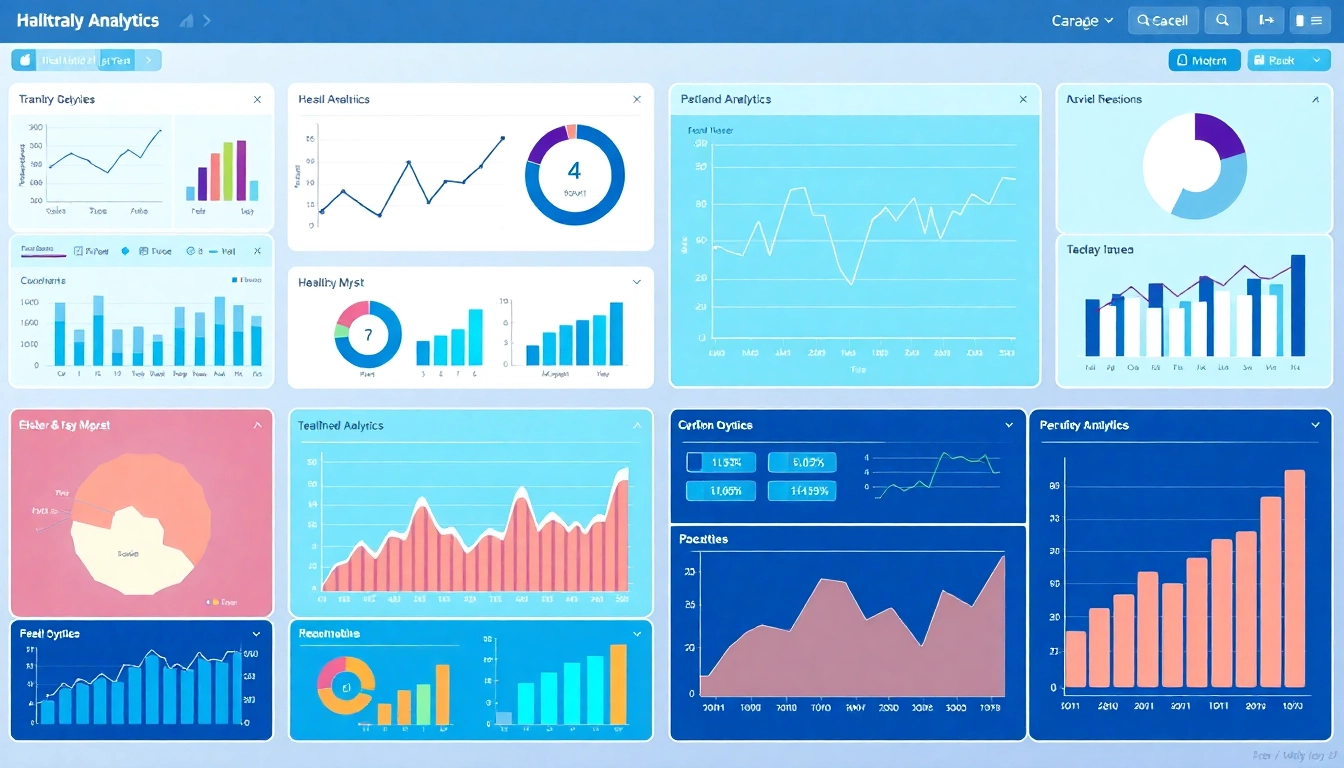Understanding Drug Impairment Tests
As society grapples with the complexities of substance use and its impact on public safety, the need for effective drug impairment tests has never been more critical. These tests assist in determining an individual’s level of impairment due to drug use, especially in safety-sensitive environments like transportation, construction, and healthcare. Drug impairment test play a pivotal role in ensuring the well-being of individuals and the community at large.
What is a Drug Impairment Test?
A drug impairment test is a systematic method used to evaluate whether an individual is currently under the influence of drugs or alcohol to a degree that could affect their ability to perform tasks, especially those that are safety-sensitive. Unlike a drug test, which can detect the presence of substances in the body, a drug impairment test assesses the individual’s ability to function and make safe decisions, reflecting the current state of their cognitive and motor skills.
Importance of Drug Impairment Testing
The significance of drug impairment testing transcends mere compliance with regulations; it encompasses a broader commitment to public health and safety. Effective impairment testing can help:
- Enhance Workplace Safety: In industries where accidents can have severe consequences, detection of impaired individuals ensures overall operational safety.
- Reduce Liability Risks: Organizations implementing comprehensive drug impairment testing can mitigate potential legal liabilities stemming from accidents caused by impaired employees.
- Facilitate Responsible Substance Use: Awareness and enforcement of drug impairment policies encourage responsible behavior, ultimately fostering safer communities.
Different Types of Drug Impairment Tests
Various drug impairment tests exist, each with its unique testing methodology and applicability. Understanding these distinctions is critical for proper implementation. The most common types include:
- Behavioral Tests: These involve observing and documenting an individual’s physical and cognitive abilities through tasks that assess coordination, balance, and reaction times.
- Field Sobriety Tests: Commonly used by law enforcement, these tests assess motor skills and cognitive function through tasks like walking in a straight line or the horizontal gaze nystagmus test.
- Technology-based Tests: Innovative solutions employing devices that measure physical reactions and cognitive functioning using advanced algorithms and sensors.
Methods of Testing for Drug Impairment
Urine Testing: Pros and Cons
Urine testing is the most common method for detecting drug use. The advantages include a wide range of detectable substances and cost-effectiveness. However, it cannot ascertain the current level of impairment and has a longer detection window for substances, which may not correlate with an individual’s immediate performance capabilities.
Blood Testing: Accuracy and Reliability
Blood tests provide a more accurate measure of the actual amount of drugs in a person’s system. They are often viewed as the gold standard in drug testing because they can determine current impairment levels. However, this method is invasive, more expensive than urine testing, and requires professional handling in a controlled environment.
Saliva Testing: Quick Results
Saliva tests are gaining popularity due to their non-invasive application and quick results. They are effective in detecting recent drug use, typically within a few hours. However, the detection window is very short, and they may not be reliable for all drug types compared to urine or blood tests.
Legal and Workplace Considerations
Regulations Surrounding Drug Impairment Tests
The legal framework for drug impairment testing varies significantly across jurisdictions. Employers need to understand both federal and state laws governing workplace drug testing and ensure compliance. Failure to adhere to these regulations can result in legal repercussions and undermine an organization’s integrity.
Understanding Reasonable Suspicion
Reasonable suspicion is a key term in workplace drug policies. It refers to the belief, based on specific and articulable facts, that an employee may be impaired while performing their duties. Employers should outline clear criteria for identifying reasonable suspicion, providing training for managers to recognize signs of impairment effectively.
Best Practices for Employers
Employers should adopt best practices to create an effective drug impairment testing framework:
- Develop Clear Policies: Written policies detailing testing protocols, including how tests are administered, the consequences of failing a test, and the appeal process should be established.
- Train Employees: Regular training and awareness programs can help employees understand the importance of impairment testing and the expectations of them.
- Implement Technology: Utilizing technology in testing can enhance efficiency and accuracy while minimizing subjective biases present in traditional testing methods.
Interpreting Drug Impairment Test Results
Understanding Test Outcomes
Interpreting the results of drug impairment tests requires a structured approach. Employers and authorities must consider the context, including the type of test administered and the established thresholds for impairment. It is essential to communicate results clearly to affected individuals, ensuring transparency and adherence to legal standards.
Common Misinterpretations
Misinterpretations of test results can lead to unjust consequences for individuals and organizations. Common pitfalls include:
- Confusing Detection with Impairment: A positive result does not necessarily indicate impairment at the time of the test.
- Overlooking Factors Affecting Results: Individual factors such as tolerance, metabolism, and prescription medications can influence test outcomes.
Actions to Take Based on Results
Based on test results, employers should take action that aligns with established company policy and the severity of the results. Actions may include:
- Conducting further evaluations through additional testing or medical assessments.
- Implementing disciplinary measures in accordance with company policies.
- Providing support resources for rehabilitation or counseling when necessary.
Future Trends in Drug Impairment Testing
Advancements in Testing Technology
The future of drug impairment testing is closely tied to technological advancements. Innovations such as portable testing devices and mobile applications that analyze impairment in real time are gaining traction. As technology evolves, testing will likely become more efficient, accurate, and user-friendly.
The Role of AI in Drug Testing
Artificial intelligence is revolutionizing drug impairment testing by enabling the analysis of vast amounts of data to predict impairment levels more accurately. AI-driven platforms can analyze behavioral cues, physiological responses, and historical data to make informed assessments about an individual’s impairment status.
Changing Regulations and Implications
As the landscape of substance use continues to evolve, so too will the regulations surrounding drug impairment testing. Employers must stay informed of these changes and adapt their testing protocols accordingly to maintain compliance and promote a safe working environment.



